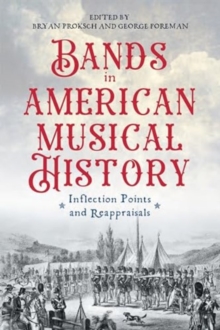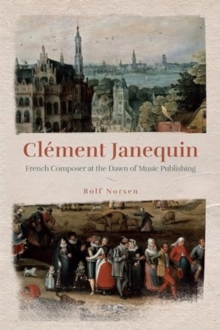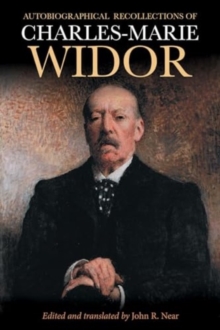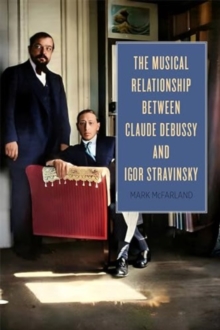
Tempo and Tactus in the German Baroque : Treatises, Scores, and the Performance of Organ Music Hardback
by Julia Dokter
Part of the Eastman Studies in Music series
Hardback
- Information
Description
Guides modern performers and scholars through the intricacies of German Baroque metric theory, via analyses of treatises and organ music by J.S.
Bach and other leading composers, such as Buxtehude, Bruhns, and Weckman. Before the advent of the metronome ca. 1800, there was little in the way of a standardized, commonly accessible method for precisely communicating how fast musical compositions should be performed.
Instead of absolute time (that is, plottable on a metronome), Baroque musicians developed notational cues for relative speed: this was accomplished primarily through combinations of time signatures and note values.
Julia Dokter's Tempo and Tactus in the German Baroque helps decode these tempo cues for modern performers. Part 1 investigates metric theory in music treatises from roughly 1600 to 1790.
Parts 2 and 3 explore the organ scores of pivotal composers such as J.
S. Bach, Dieterich Buxtehude, Matthias Weckman, and Nicolaus Bruhns, and present case studies demonstrating how Baroque tempo indications may interact in performance situations.
Readers will discover how Baroque musicians modified the Renaissance mensural system to incorporate tempo shifts; how the various duple, triple, and compound meters interrelated; how the technical display of stylus phantasticus writing affected tempo; how tempo words (such as allegro) functioned; and how the choice of performing forces-chorus, solo keyboard, and so on-could affect the way tempo was notated.
By addressing questions of tempo fundamental to German Baroque music, this book lays important groundwork for organists and for performers of other instrumental music of this period.
Information
-
Available to Order - This title is available to order, with delivery expected within 2 weeks
- Format:Hardback
- Pages:544 pages
- Publisher:Boydell & Brewer Ltd
- Publication Date:30/04/2021
- Category:
- ISBN:9781648250187
Other Formats
- PDF from £54.00
Information
-
Available to Order - This title is available to order, with delivery expected within 2 weeks
- Format:Hardback
- Pages:544 pages
- Publisher:Boydell & Brewer Ltd
- Publication Date:30/04/2021
- Category:
- ISBN:9781648250187



